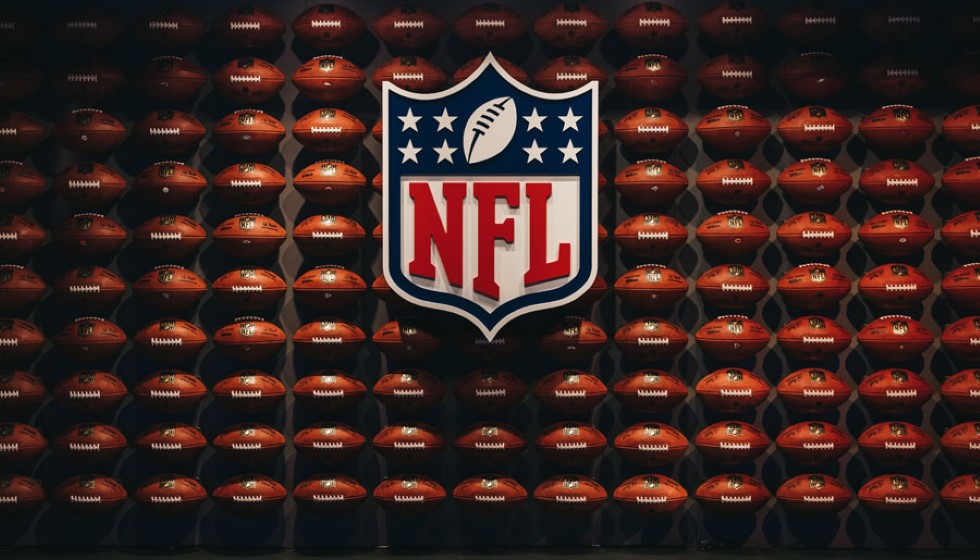
Terrell Suggs, the former NFL linebacker with a storied career, recently found himself embroiled in a legal skirmish following an incident in Scottsdale, Arizona. What began as minor vehicular contact outside a Starbucks spiraled into a confrontation that has now captured public interest, spotlighting the fine line between self-defense and aggression, especially when it comes to public figures.
A Minor Collision Escalates
The incident reportedly unfolded when Suggs, in an attempt to back his vehicle, made contact with another car in the vicinity of a Starbucks drive-thru. This minor collision set the stage for a dispute that rapidly escalated beyond the initial vehicular mishap. As emotions frayed, the altercation took a grave turn. Allegations have surfaced that during the heat of the argument, Suggs threatened to kill the other individual involved and went as far as to brandish a handgun. Importantly, it has been noted that Suggs did not point the weapon at the alleged victim, a detail that might be significant in legal considerations and public perception.
Claims of Self-Defense
Suggs has asserted that his actions were driven by a need to protect himself and his family, pointing to a significant fear for their safety as the altercation unraveled. According to his account, the incident took place in a tranquil area of Scottsdale during daylight hours, suggesting an unexpected turn towards hostility in what began as a mundane daily routine. Suggs described his intentions as being far from confrontational, stating that his presence in the Starbucks drive-thru was for the innocuous purpose of getting coffee, not seeking trouble.
The former linebacker's narrative emphasizes his perceived vulnerability during the incident, fearing the altercations might escalate to him being followed home, thus placing his family in jeopardy. These claims introduce a complex layer to the situation, highlighting the unpredictable nature of public interactions and the instinctive measures taken in the name of security.
Legal and Public Scrutiny
In the wake of the incident, Suggs faces charges that include threatening and intimidating, as well as disorderly conduct with a weapon. These allegations entail serious legal consequences and raise broader discussions about accountability, especially considering Suggs' prominence as a public figure. With a decorated NFL career that boasts seven Pro Bowl appearances and an AP Defensive Player of the Year award, Suggs is well-known beyond the confines of Scottsdale, making the implications of his actions a subject of widespread debate.
The incident inevitably raises questions about how public figures navigate disputes, particularly when they escalate into potential violence. The distinction between self-defense and undue aggression becomes significantly blurred, especially in high-tension situations that unfold rapidly. Moreover, the presence of a firearm in the altercation adds a layer of complexity to the discourse, probing into the responsibilities exercised in gun ownership and the thresholds for feeling threatened.
Looking Ahead
As the legal proceedings against Suggs unfold, the sports world and the public alike will be watching closely. The incident not only challenges Suggs' personal narrative but also touches on broader societal themes such as the nexus of celebrity, personal conduct, and legal accountability. How this situation resolves could set precedents for how similar incidents are viewed and managed in the future, particularly those involving athletes and other public figures in moments of off-field controversy.
The journey from a Starbucks drive-thru in Scottsdale to the headlines reflects the unpredictable paths that disputes can take, especially when layered with allegations of violent threats and the presence of a weapon. As Suggs navigates the legal system, the discussions surrounding his case will likely extend beyond the simple facts of the incident, probing into the responsibilities we all bear in public spaces and the protective measures deemed reasonable in the face of perceived threats.